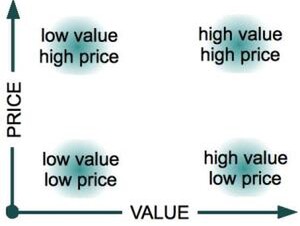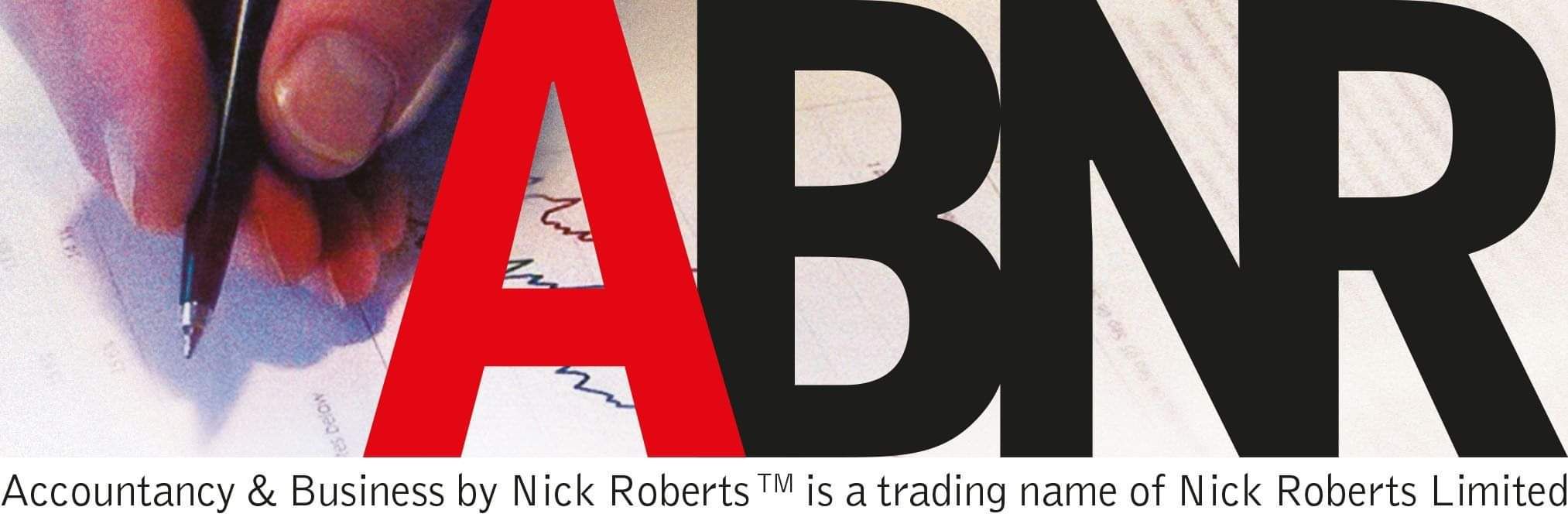Before you get out there and start doing business you need to decide where your products or services sit in terms of your value proposition. Simply put, you have four main choices, low price low value, low price high value, high price low value or high price high value, as can be seen on the graph below:
Some examples will help. Low price low value - $2 Dollar Shop? High price low value - some firms of accountants who survive on their brand name alone! High price high value - luxury cars? Low price high value - those trying to buy market share as you wouldn’t normally survive very long!
Now often value is not actual value, it’s just a matter of creating a perception of value, which is often achieved by high fashion, being trendy, being in the right place at the right time or clever branding e.g. iPads (which is why Apple has $76 billion in cash!). Often, that’s tricky for smaller businesses with limited resources so what we need to do is to find a way to boost value without cutting our prices.
Value is defined as customer benefits less costs to the customer, and importantly costs are not just monetary, they also include effort, time, anxiety & emotional costs. Try hanging on the ‘phone to a call centre, or standing in a long queue, or having to return something that’s faulty or that you didn’t order, or receiving a huge bill you weren’t expecting. Aren’t all these costs? These days, we are time poor, increasingly stressed and less inclined to put up with poor service and we want things to be easy, so what we’re looking for are solution providers – we want someone who’s going to solve all our problems and to whom we can just delegate everything to.
So to increase value to your customers without cutting your prices you must reduce or eliminate all the other costs of doing business with you. This means seeing your business through the eyes of your customers and reviewing all your business processes to make these as efficient and as smooth as possible for your customers. Take for example the stationery supplier who comes to your premises to see what you need and then takes care of their own order, or the furniture supplier who not only delivers but assembles everything as well, or the domestic appliance supplier who takes your old appliance away AND all that annoying packaging. Providing superior value like that is now becoming the norm so just providing good customer service like in the old days is no longer enough!
If you need help to set your value proposition and/or increase customer value without cutting your prices contact Nick.



